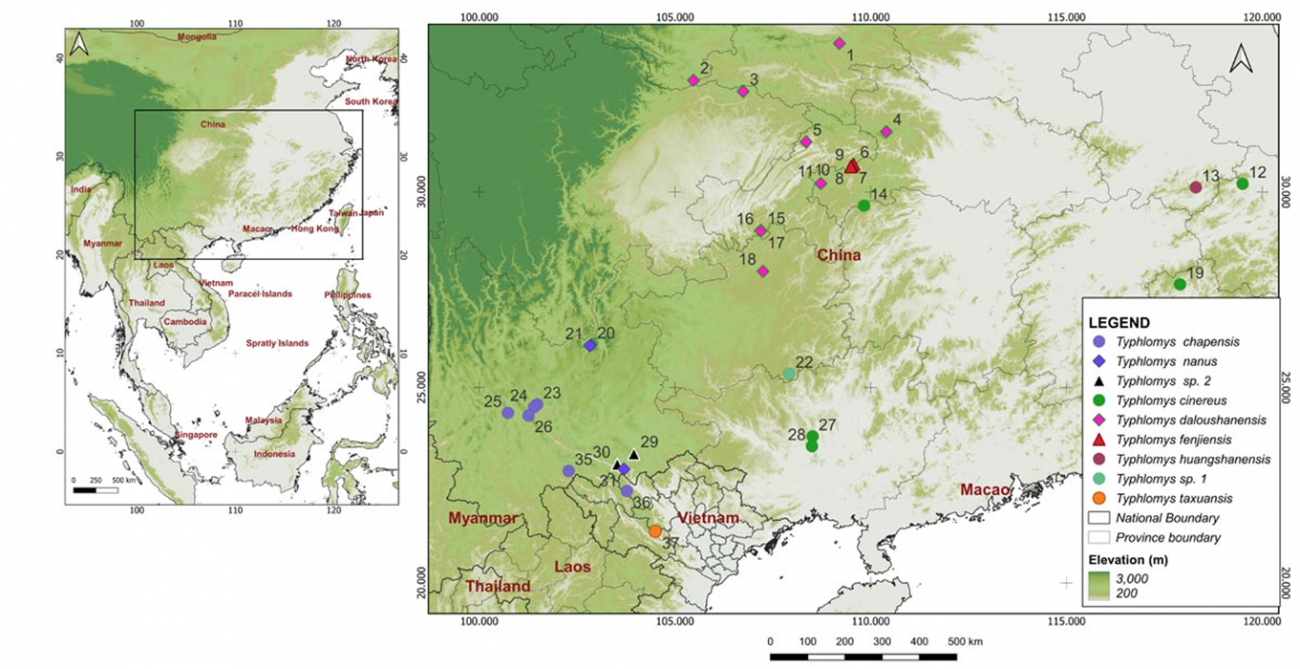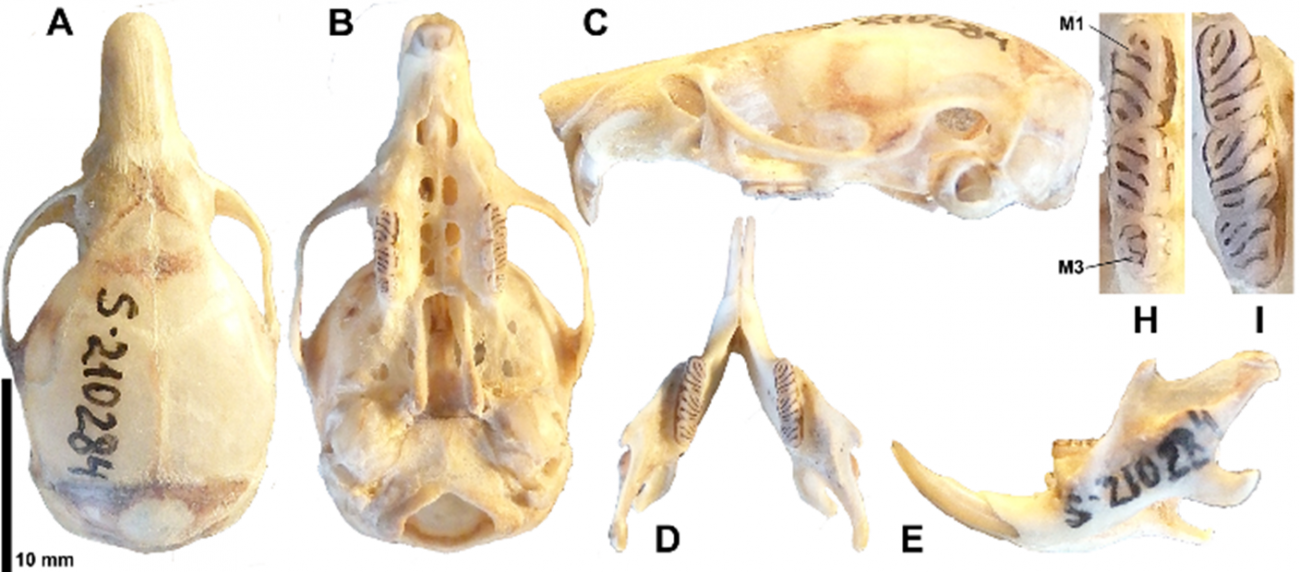
Blind tree mice (genus Typhlomys) are an ancient, relict, very exotic and even mysterious group of rodents that live in the mountains of East Asia. The taxonomic position and even the name of these animals was uncertain for a long time. They were called tree mice, and oriental dormice, and Chinese soft-furred hamsters.

These animals are remarkable in many ways. In addition to the fact that despite their arboreal lifestyle, they are completely blind and navigate in space using echolocation like bats, and also in the fact that almost all known species of the genus are very ancient (Oligocene) narrow-range endemics with a sharply fragmented range. They live on mountain tops in extremely specific habitats with high humidity, in the so-called foggy forests.
Just a decade ago, the genus Typhlomys was considered monotypic, that is, containing a single species. However, in recent years, Russian and Chinese researchers, based on comparative molecular genetic and morphological studies, have identified five modern peripatric species and one fossil species, as well as a number of species-level genetic lines that have not yet been formally described. Another new species to science, the sixth in a row, was recently discovered by Russian and Vietnamese researchers working at the Joint Russian-Vietnamese Tropical Center in northwestern Vietnam.

Fig.3: Skull of Typhlomys taxuansis. The holotype of the new species is in the collections of the Zoological Museum of Moscow State University.
An article containing the first description of a new rodent species, as well as summarizing the distribution and conservation status of all currently known species of the genus Typhlomys, was recently published in the Biodiversity Data Journal.
Balakirev A, Bui X.P., Rozhnov V (2024) Typhlomys taxuansis (Rodentia, Platacanthomyidae): new species of the genus from northern Vietnam with notes on conservation status and distribution. Biodiversity Data Journal 12: e133363.
